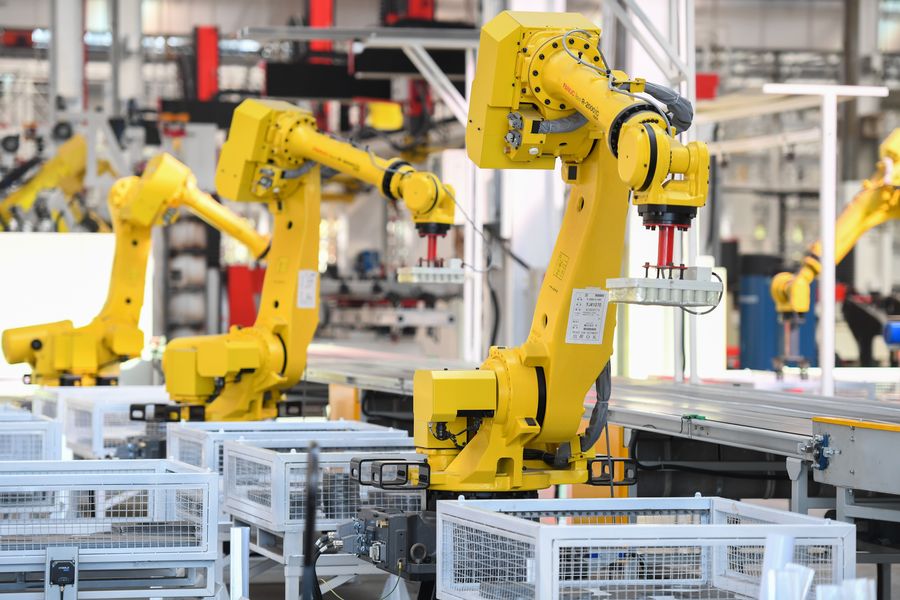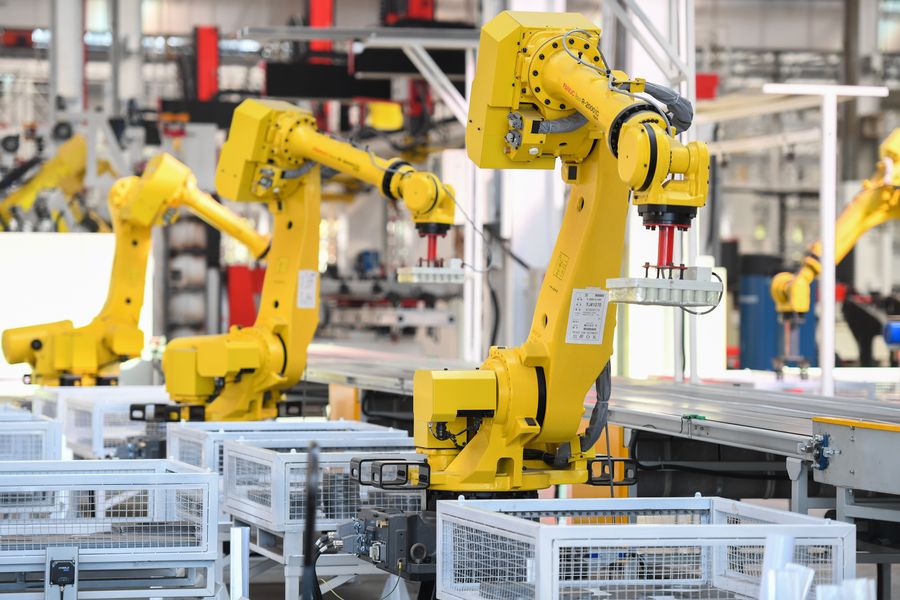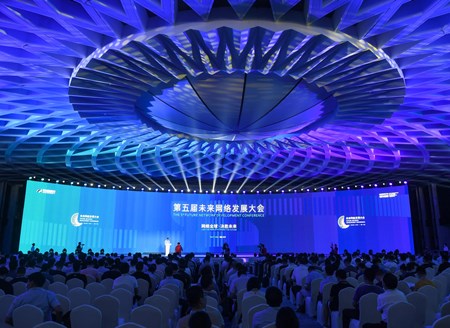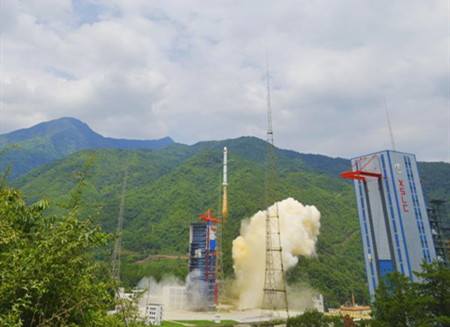
Firms in China are in pursuit of transitioning from being labor-intensive to robot-intensive to extend productivity, The Economist said in its Aug 14 story titled China's Future Economic Potential Hinges on its Productivity.
In 2010 China housed fewer than 50,000 industrial robots. Now it has 800,000 industrial robots -- practically one in the three of all the robots on the planet. The growth is partially the result of robots being cheaper than before, the story writes, adding that the fact that wages have risen so much in the country as it has grown wealthier and older has also served as a stimulus.
Healthier urbanization is another aspect of China's productivity push: China recognizes that greater city aggregations, which can accommodate specialized labor and interwoven supply chains, are typically extra productive. So the nation is growing large metropolitan clusters through massive hubs linked to smaller satellites. The aim is to have the advantages of a cluster while avoiding horrific congestion, overburdened facilities and other problems typical of very big cities.
China has permitted plans for a total of 11 mega-clusters. The five greatest ones have an average population of around 110 million people, almost three times more than the 40 million in Larger Tokyo, currently the world's biggest cluster.






